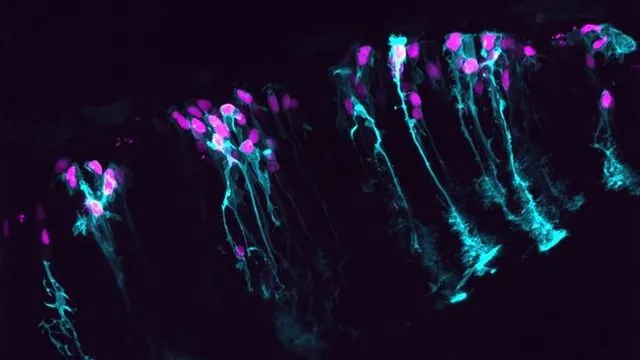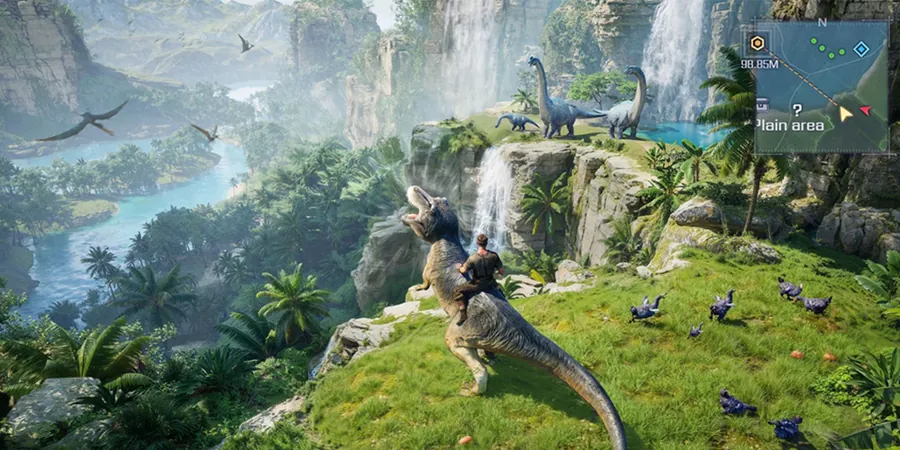
Astrocytes: The Unsung Heroes of Brain Function Revealed!
2025-07-09
Author: John Tan
Astrocytes Step Into the Spotlight
For years, glial cells were sidelined in the neuroscience conversation, perceived as mere support structures. However, new groundbreaking research from Florida Atlantic University brings astrocytes, a star-shaped type of glial cell, into the limelight, showcasing their vital role in brain function that goes far beyond what was previously understood.
The Power of Astrocytes
This innovative study highlights the subtle yet impactful way astrocytes enhance communication among neurons, particularly during synchronized brain activities. Researchers employed advanced computational modeling and machine learning techniques to unveil these intricate dynamics.
Changing the Narrative in Neurobiology
According to lead researcher Dr. Rodrigo Pena, this work underscores the importance of identifying glial cells within neurons. For too long, the focus has been predominantly on neurons, overshadowing the active roles astrocytes play in synaptic modulation and network coordination.
Examining Brain Connectivity
Published in the journal *Cognitive Neurodynamics*, the study takes a major step forward by demonstrating that astrocytes significantly influence how groups of neurons synchronize, which is essential for cognitive processes like attention, memory, and sleep.
Machine Learning Unveils Astrocyte Influence
To explore astrocyte impact, the research team created artificial brain network data and utilized a variety of machine learning methods—including Decision Trees and Feedforward Neural Networks—to analyze astrocyte influence across different neural states. Remarkably, the Feedforward Neural Networks proved to be the most effective, uncovering patterns that traditional methods might overlook.
The Hidden Influence of Astrocytes
Key findings indicate that astrocytes make their most significant contributions during synchronized brain states. Advanced statistical tools revealed enhanced coordinated firing among neurons in the presence of astrocytes, suggesting they play a crucial role in regulating the brain's rhythmic dynamics.
Advancing Neuroscience Through Technology
Pena emphasized the potential of machine learning to highlight glial influences that conventional methods often miss. This study illustrates that understanding the brain requires not just looking at neurons but recognizing the vital contributions of the entire cellular ecosystem.
Implications for Future Research
As researchers dive deeper, they plan to analyze these findings in animal models, such as zebrafish, providing a new avenue to explore neuron-glia interactions. This could pave the way for novel therapies targeting the broader network of brain cells, moving beyond neurons alone.
A Bright Future for Brain Studies
In the quest to unravel the complexities of the human brain, this research serves as a reminder of the importance of astrocytes. With their invisible yet profound influence coming to light, the future of neuroscience is looking more comprehensive than ever.
Understanding the Brain’s Ecosystem
By enhancing the techniques for detecting glial influences, we open up promising pathways to better comprehend neurological disorders and revolutionize therapeutic approaches. As we continue to explore how these cellular interactions shape brain function, the role of astrocytes will undoubtedly be pivotal in the evolving story of neuroscience.


 Brasil (PT)
Brasil (PT)
 Canada (EN)
Canada (EN)
 Chile (ES)
Chile (ES)
 Česko (CS)
Česko (CS)
 대한민국 (KO)
대한민국 (KO)
 España (ES)
España (ES)
 France (FR)
France (FR)
 Hong Kong (EN)
Hong Kong (EN)
 Italia (IT)
Italia (IT)
 日本 (JA)
日本 (JA)
 Magyarország (HU)
Magyarország (HU)
 Norge (NO)
Norge (NO)
 Polska (PL)
Polska (PL)
 Schweiz (DE)
Schweiz (DE)
 Singapore (EN)
Singapore (EN)
 Sverige (SV)
Sverige (SV)
 Suomi (FI)
Suomi (FI)
 Türkiye (TR)
Türkiye (TR)
 الإمارات العربية المتحدة (AR)
الإمارات العربية المتحدة (AR)